How drugs turned Portland into a ‘demonic hellhole’
The Rose City is a decriminalization nightmare
In November 2020, Oregon passed Measure 110, decriminalizing non-commercial drug possession. The state also significantly increased funding for recovery and harm reduction programs. It sounded like a great plan to voters, so it passed with 60 percent approval. What has occurred, though, over the last three years is nothing short of tragic. When Measure 110 passed, fentanyl was starting to take over our streets. For homeless addicts, it began as a general curiosity, which quickly devolved into the widespread use of the deadliest drug in history.
Fentanyl is 50 times stronger than heroin, and with two major competing cartels (China and Mexico), the price has now dropped to an all-time low.
An example of how deadly fentanyl, the CDC says as little as 2 milligrams of fentanyl can lead to a fatal overdose. To visualize a fatal overdose is no more than what can fit on the cheek of a Lincoln penny.
Three years ago, a blue fentanyl pill cost about six to seven dollars. That has now dropped to one to two dollars. Due to its addictive properties, low cost, and the fact that almost all other street drugs are laced with it, nearly all street-level addicts are using fentanyl – whether they want to or not. This is what has turned the city of Portland into the largest open-air drug zone in state history.
As for the promised recovery programs, it took 34 months for the first medical detox facility to open with Measure 110 money, and in that time, we have had a record number of overdoses and deaths that have increased each year since the measure passed.
I am excited to have an additional detox facility but troubled that it took thirty-four months. Based on the need, too, we need about five more of these programs right now to help end this crisis.
Despite the lack of new infrastructure, there have been empty beds in these detox and recovery facilities from day one because Portland does not have enough outreach teams to find people to fill them. I have talked to and interviewed hundreds of homeless people in the last year, and over 90 percent tell me they have never been approached by an outreach worker offering services. So what we have is the deadliest, most addictive drug in history introduced to a vulnerable population who lack rational thinking and critical thought just as the state passed the decriminalization of drugs. Add to that virtually no outreach teams to find and help these individuals – except for harm reduction workers, who give addicts the tools to continue to use – and we ended up with the perfect storm.
I have been doing street homeless outreach for over 30 years in Portland, Oregon, and by 2020, I thought I had seen everything. But I have never witnessed anything like what occurs daily on our streets. I have found more dead people and seen more overdoses this year than in all the other years of my working and volunteering combined. A homeless woman I interviewed a few months ago while working on a project with local photographer Tara Faul told us Portland had become a ‘demonic hell hole.’ She told us she has had an opioid addiction since she was 14 years old and has been on and off the streets ever since. She said at night, she hears ‘screams and screeches that don’t sound human.’
A handful of us over the last three years have been very vocal about the negative consequences of decriminalizing drugs. PDX Real, run by Angela Todd and Jeff Church, is one of the loudest and most influential voices that have successfully changed people’s minds and helped move the needle. They have some of the best reporting and are well worth the subscription at both their substack and Instagram
Many though were surprised when Governor Kotek, an early supporter of Measure 110, recently said, ‘When it comes to open-air drug use, nobody wants to see that,’ and said she now supports a ban on public drug use and to give additional resources to law enforcement. This is a huge step forward, and I commend her for saying it. Not everyone, though, is happy she has taken this stance. One supporter of Measure 110 said Kotek’s reforms would push people back into the shadows and ‘people will die because of this.’ The reality, though, is that people are already dying now and in record numbers.
Homelessness and addiction should never have become a political issue. It affects all walks of life, and do not care who or what you believe in. Oregon must speed up building additional recovery-type programs and significantly increase outreach to find the people who cannot find us. What I have seen just in the last year has been heartbreaking. More bodies than I have ever seen and countless overdoses.
This powerful photo shows a homeless man helping up another who had just been administered Narcan, an opioid blocker. Dozens of homeless have told me just this year alone that they have each saved over 10-15 people. While most homeless are in survival mode, they have taken on a new responsibility. Being a first responder.
On many other occasions, I have seen how the homeless try and take care of each other. This young man was trying to help a lady in distress who was screaming that aliens were coming to get her. He handed her a cigarette, and she immediately calmed down.
In this photo, a man fell out of his wheelchair, and another homeless man ran over, pulled him back up, patted him on the back, and walked away.
In many other cases, what I have seen was homeless choosing to live next to each other, especially with homeless women who are regularly victimized. Almost every homeless woman I have ever met has shared with me that she or someone she knows has been assaulted by a male on the streets. For them, the question isn’t if but when. Last year, I met a group of homeless women who took turns standing guard and would use a whistle if they recognized a known victimizer.
This is JB. He lived in the ‘pit’ for years and has saved many from overdosing and many others from being trafficked. When the Steel Bridge caught on fire last year, he used a sledgehammer to open the bridge and save the homeless people inside just as the fire department arrived.
I have seen incredible and tragic things on the streets. I have met amazing and terrifying people. I have seen hope and despair. It's indescribable, and these photos barely do it justice.
Agreeing and working together has always been a challenge for people because it requires both sides to make concessions, which isn’t always easy. We must remember that what's at stake are people's lives, and every day, they are dying. I learned to do it not just by accepting another person's point of view, but making a genuine effort to understand it. I put myself in their shoes and tried to understand why they believe in something so passionately that I may disagree with.
Homelessness and the decriminalization of drugs is a complex issue and has divided our community because both sides have points of view with valid arguments. If we can set aside our differences and work together, I am cautiously optimistic we can end this crisis, restore our communities, and save countless lives.
A condensed version of this article is on the Spectator website, where you will find more of my writings.





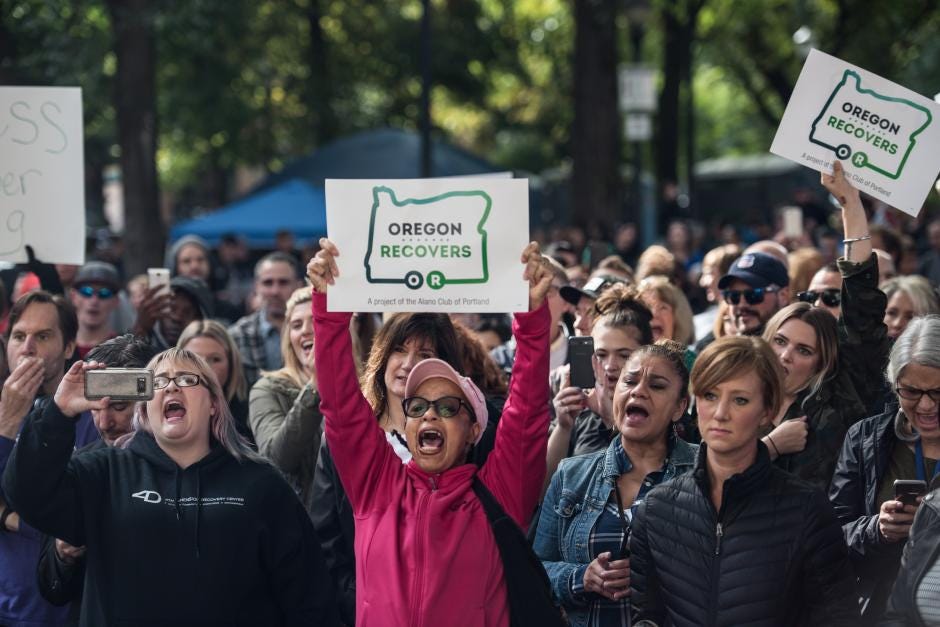
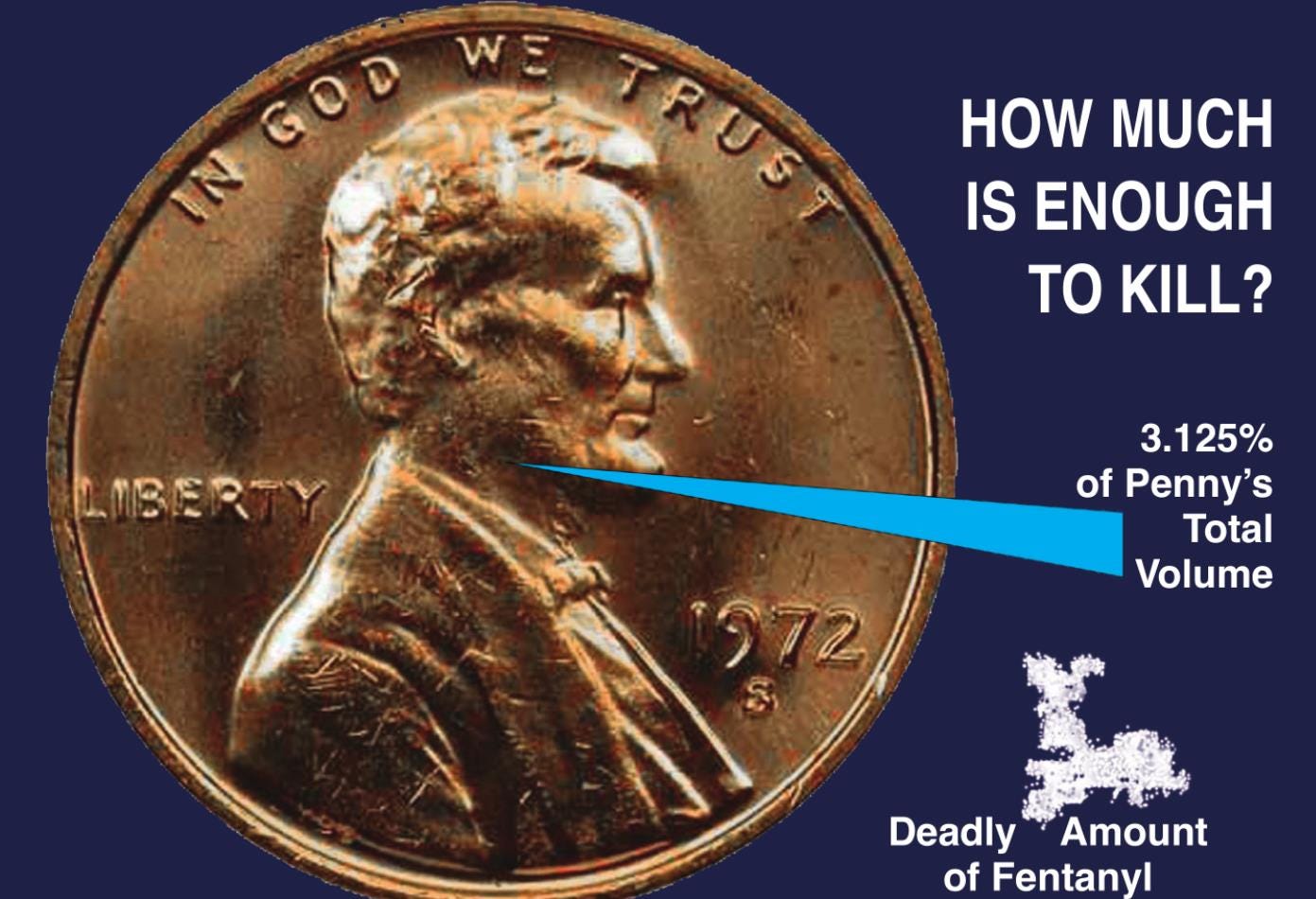
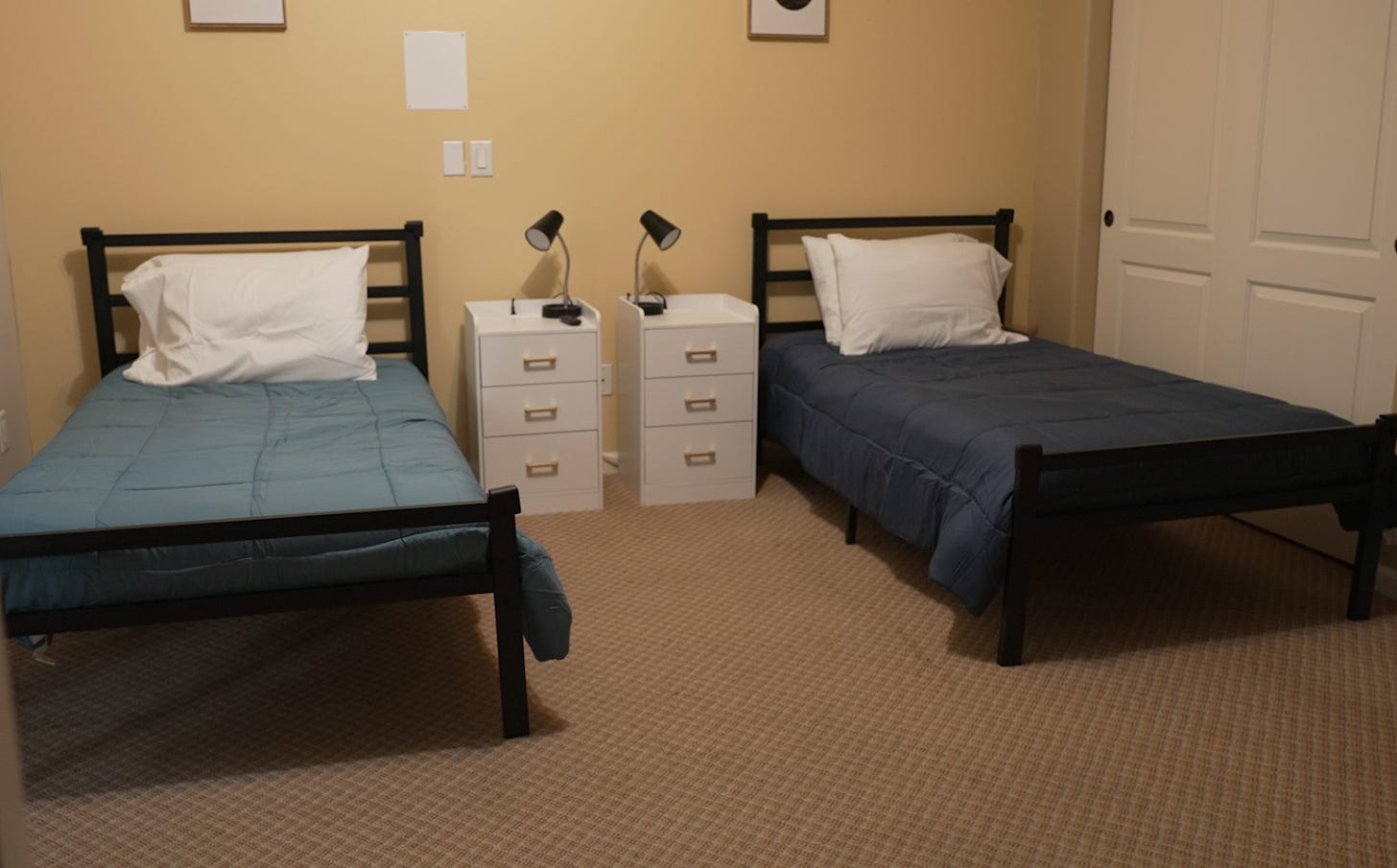

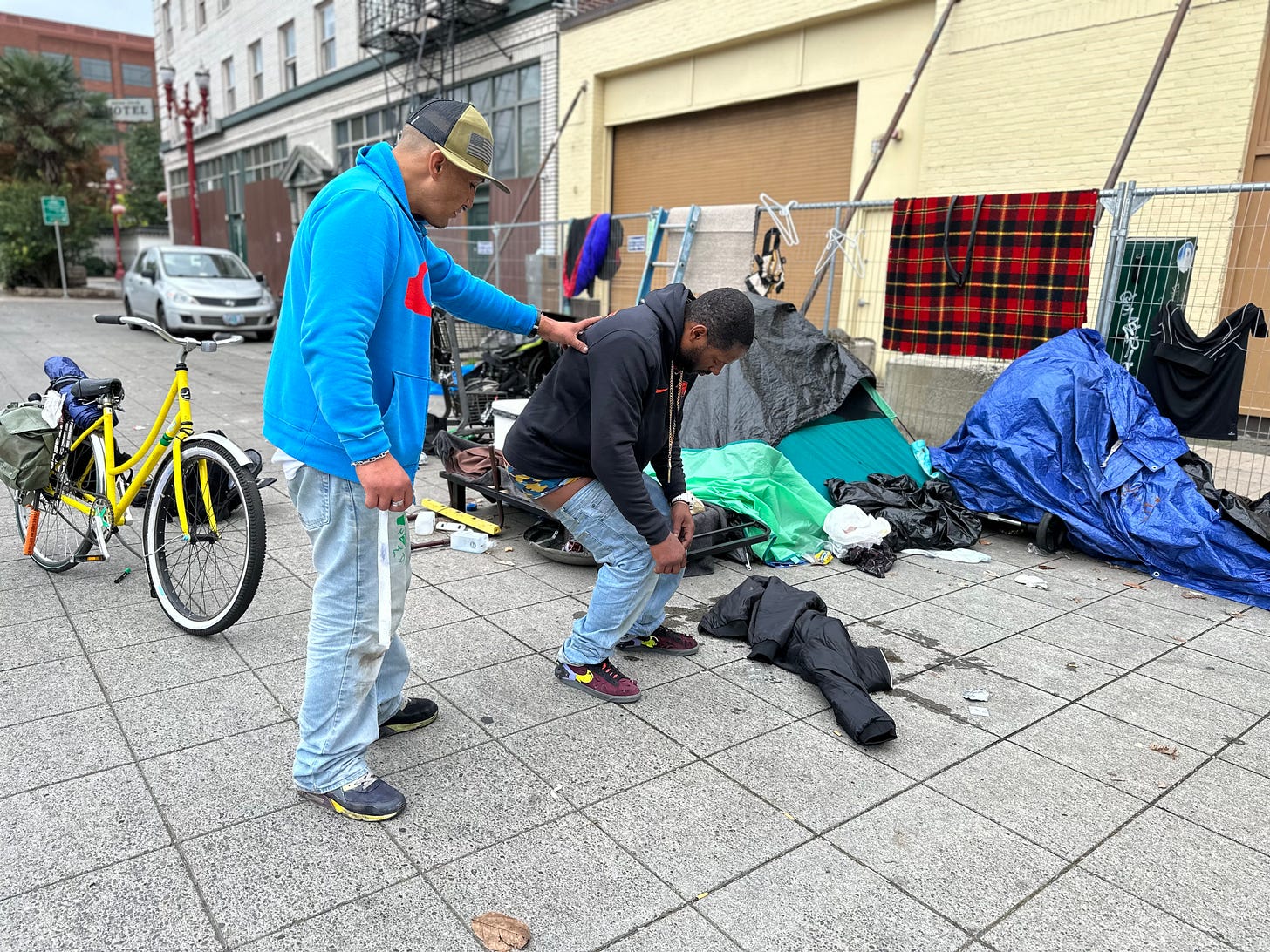
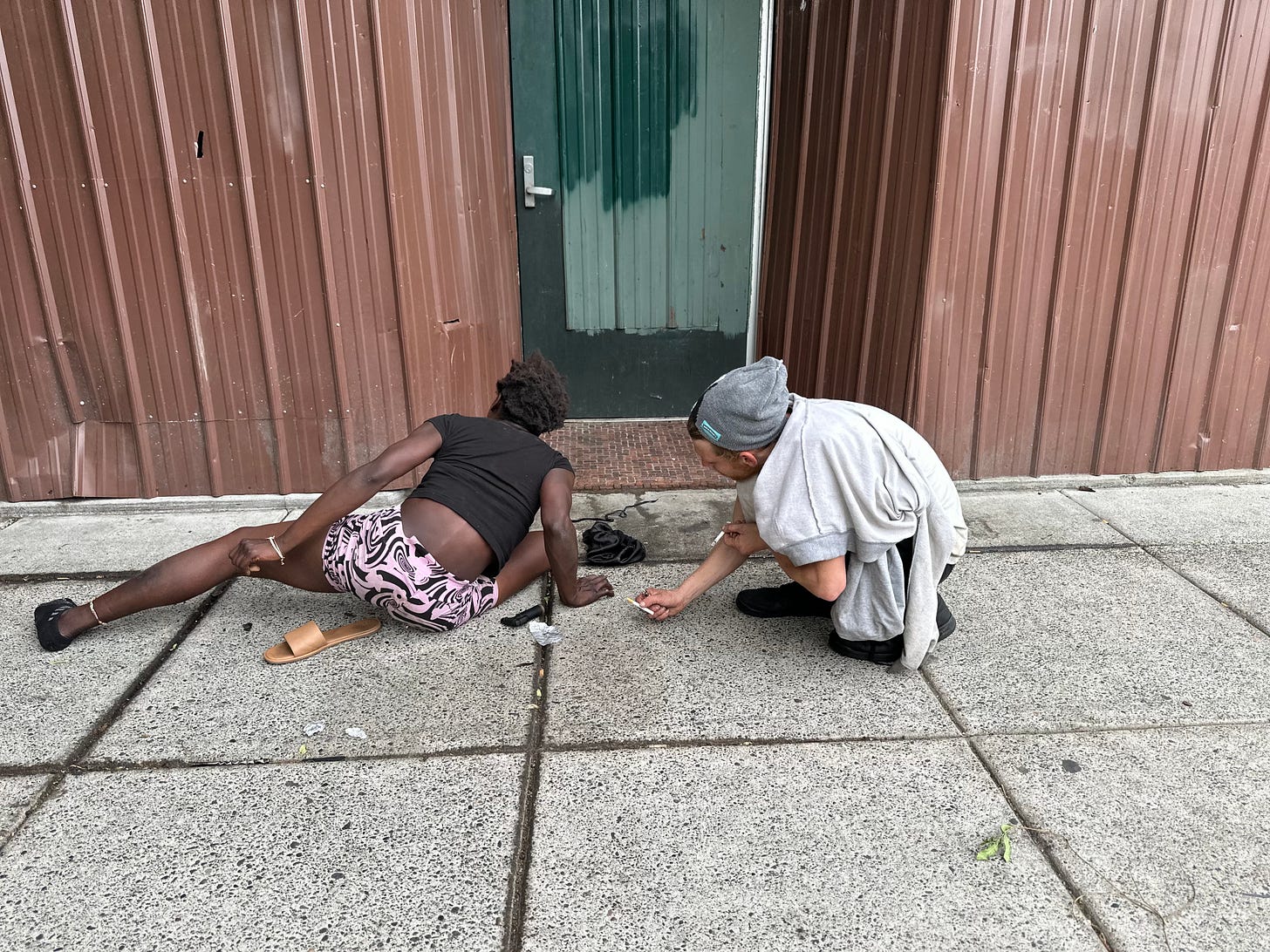
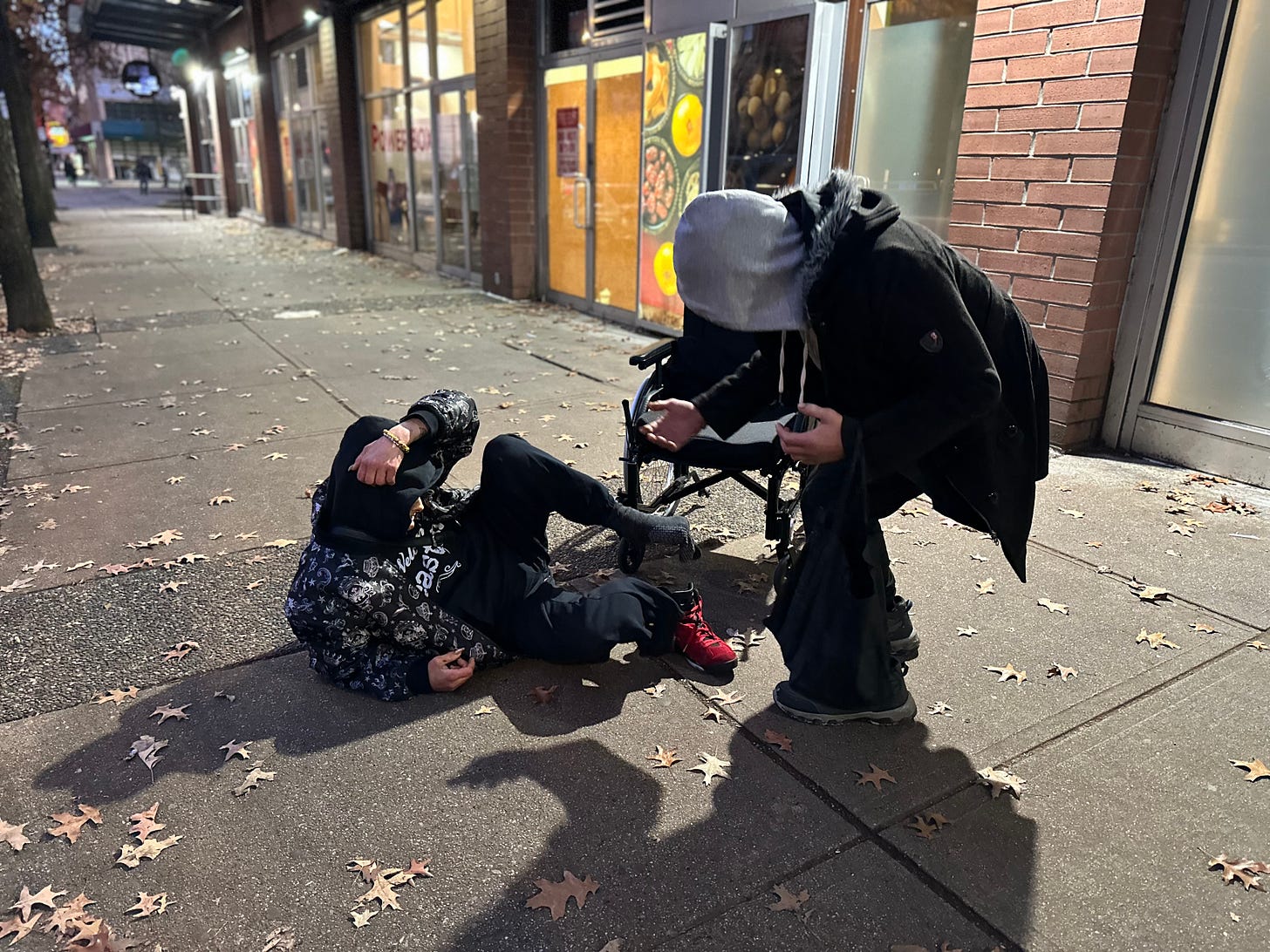
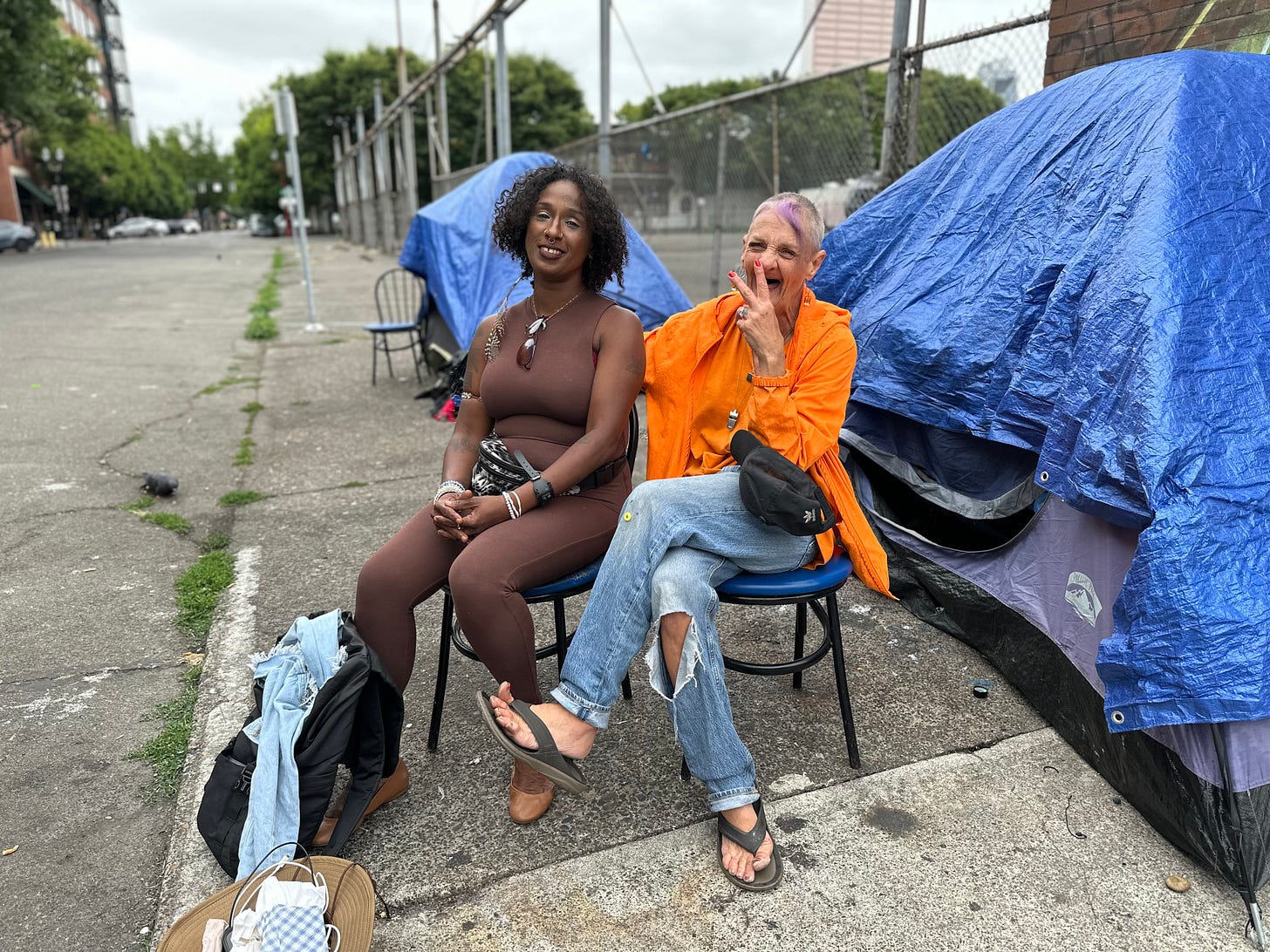
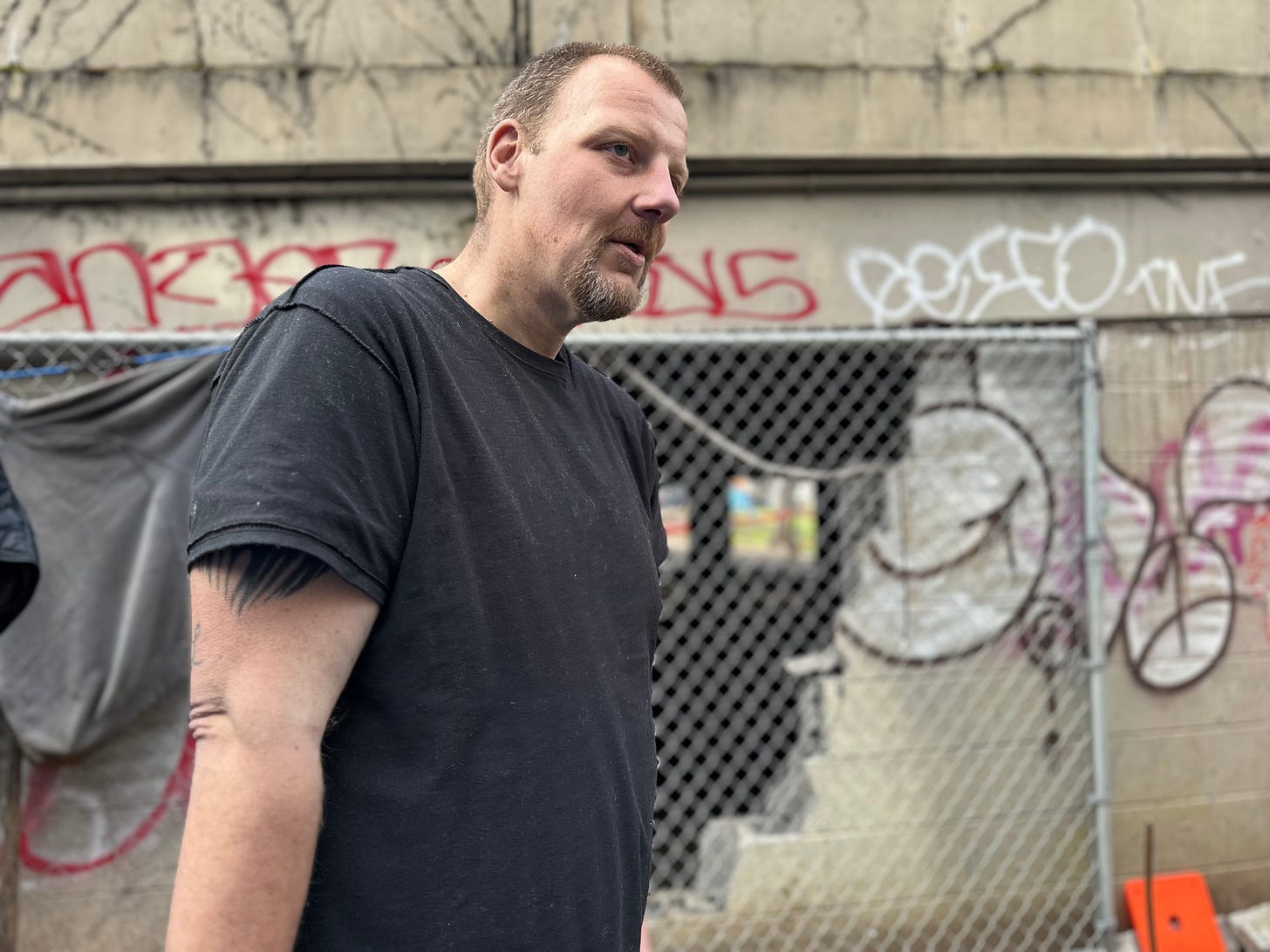
Shared on FB and Twitter though they tend to suppress Substack articles. Great summary of the problem. The personal stories you share really tell the truth.
Mr. Dahlgren writes: "One supporter of Measure 110 said Kotek’s reforms would push people back into the shadows and ‘people will die because of this.’"
Whoever said that, and others like him or her, are one of main reasons, besides gross incompetence, that everyone in Portland, housed or unhoused, is being harmed by homelessness and addiction.
A small group of largely unaccountable and ideologically driven activists have for too long had far too much influence on homeless policies and programs at the city and county level. Whether they're on the homelessness beat or the addiction trail, their views are deeply at odds with the wishes and interests of most Portlanders.
Since they don't (or won't) explain their thinking and objectives in writing and make themselves available in forums where they will answer questions from the public, observers and critics can't really be sure what they stand for or what their agendas are. However, it is possible to get a sense of what they want from what they say to reporters and their comments on social media. It goes something like this:
> Homeless people and addicts are victims of society who bear little or no responsibility for the circumstances they find themselves in.
> When setting priorities, honoring the autonomy of homeless people and addicts fully and continuously is more important than protecting the interests of residents, visitors and, above all, businesses.
> Society has no right to tell homeless people and addicts what to do.
> Society has no right to pass judgment on the choices homeless people and addicts make or on what they do.
> Government owes homeless people and addicts whatever it is they or their advocates say they want, but government must not condition assistance to homeless people or addicts in any way such as requiring them to seek treatment or mental health counseling.
> Business as a whole is not entitled to have a say in city policies and programs on homelessness and addiction or anything else. After all, it's well known that business runs City Hall, and shut up if you're one of those creeps who wonders why any successful business person would back such ineptitude. Business is politically and socially illegitimate and suspect. Its only role is to be bled to death through taxes to fund programs that do nothing to help the homeless, addicts or the public.
> Any elected official who is not fully supportive of activists' agendas on homelessness and addiction is automatically a Republican if not an outright fascist.
Did I forget anything?